Development and production
1970s
Development
In the late 1970s, Dornier developed wings of new technology (TNT - Tragflügel neuer Technologie) and subsequently a new fuselage. This resulted in the creation of the Do228 series, which was presented to the world for the first time at the ILA 1980 in Berlin. As there was a great demand on the market for an aircraft of this type, the announcement was received very positively.
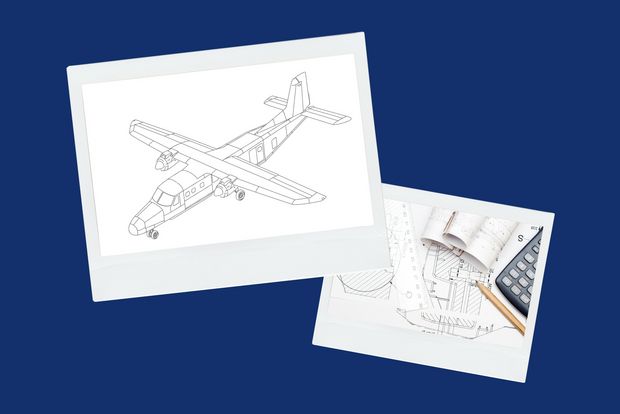
1981
Test flights
The development of the Do228 prototypes progressed rapidly. Initially, two different versions were developed, the Do228-100 with 15 seats and the Do228-200 with 19 seats. The first test flights took place on March 28, 1981 and May 9, 1981 in Oberpfaffenhofen without any incidents.

1981 - 1984
Certification
On December 18, 1981, the new Do228 received German certification from the German Federal Aviation Authority. Only a few months later, the first Do228s was delivered and put into service in 1982. Certification from the aviation authorities of the United Kingdom (CAA) and United States of America (FAA) followed on April 17, 1984 and May 11, 1984, paving the way for the worldwide introduction of the Do228.
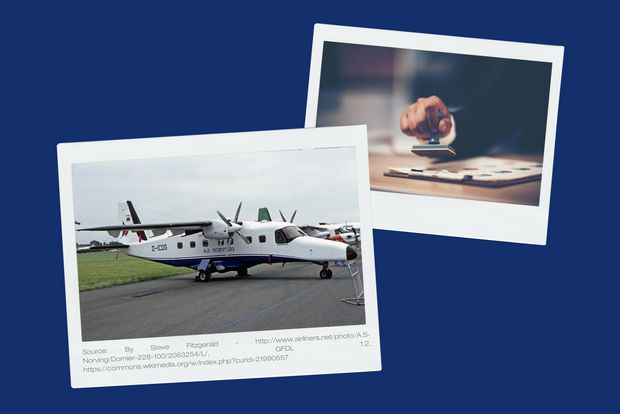
1980s - 1990s
Series production
Production of the new aircraft got off to a good start and the Do228 was manufactured in series at the Oberpfaffenhofen site in the 1980s and 1990s and delivered to customers all over the world. The Do228 proved to be particularly versatile, both for passenger and cargo transport applications as well as a special mission aircraft. Until today, more than 250 Do228 aircraft have been manufactured in Oberpfaffenhofen.
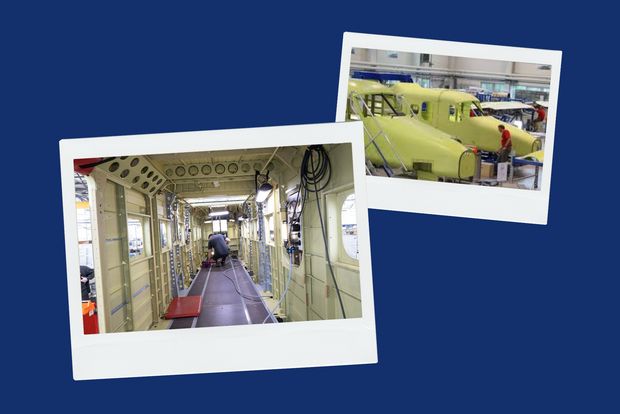
2007 - 2010
Launch of the Do228 NG
In the late 2000s, the development of the Do228 NG, a modernized version of the aircraft, began. The major innovations were the 5-blade propeller made of composite material, more powerful engines and a modern glass cockpit. On August 18, 2010, the Do228 NG received its airworthiness certification from EASA. The first delivery of a new Do228 NG took place in September 2010. In addition to new production, many Do228s were upgraded to Do228 NG standards until today.
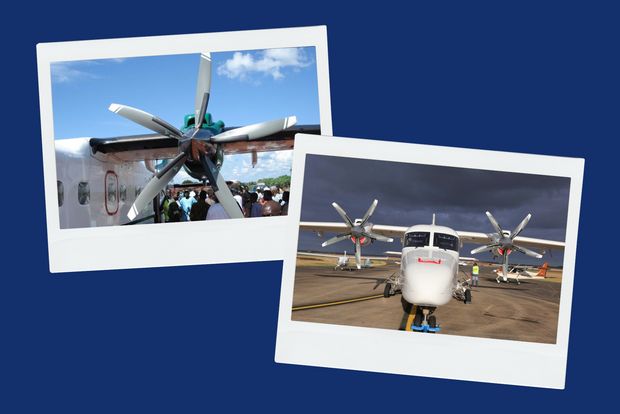
2021
New ownership
At the beginning of 2021, the Oberpfaffenhofen site was acquired by General Atomics AeroTec Systems to expand production of the Do228. The services of the company include MRO, modernizations and upgrades for the Do228. The company acquired a new, state-of-the-art Do228 flight simulator, which was certified by the German Federal Aviation Authority in 2023.
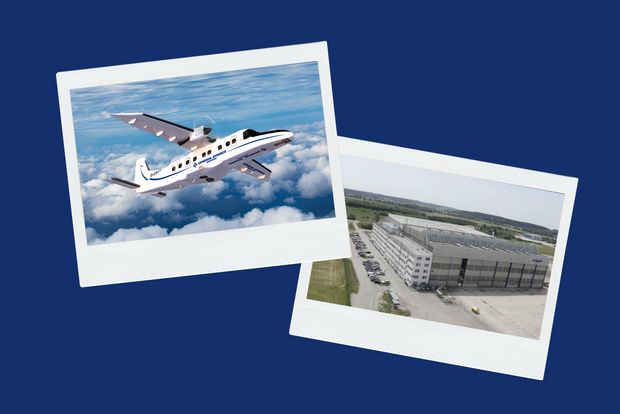
2023
Do228 NXT development
In early 2023, General Atomics AeroTec Systems unveiled the Next Generation of the Do228 - the Do228 NTX. The aircraft combines proven components with modern technology. The company focuses on a European supply chain and carries out most of the production steps on site in Oberpfaffenhofen. Small series production of five and more aircraft per year is scheduled to begin in the next years.
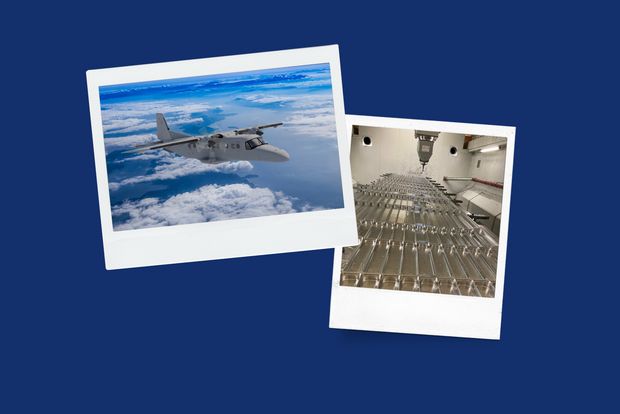
2024
Prototype phase for wings
Key components of the new Do228 NXT are manufactured by General Atomics AeroTec Systems in Oberpfaffenhofen. This includes the production of the wings. The first prototype panel for the wings was successfully milled and measured at the beginning of 2024. Following the pleasing prototype results, production of the series panels could begin.
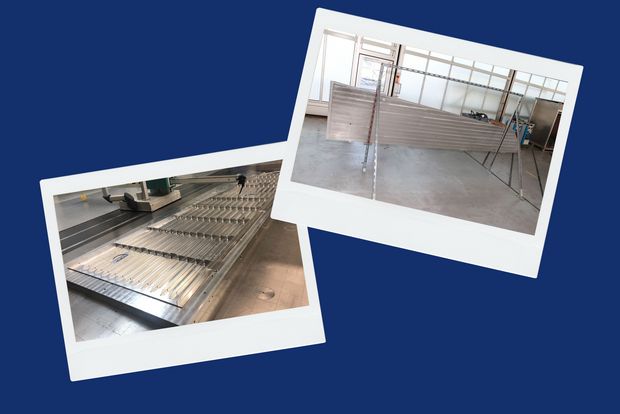
Final assembly of the first Do228 NXT wing
In the autumn of 2024, General Atomics AeroTec was able to begin final assembly of the first new wing for the Do228 NXT. It will be manufactured in Oberpfaffenhofen itself. The improved internal assembly process is designed to deliver wings of the highest precision and quality.
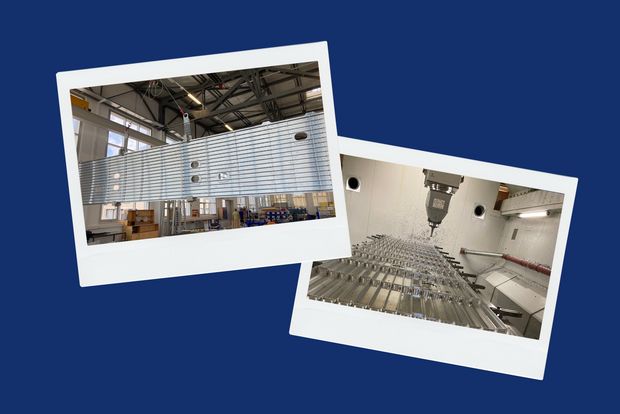
2025
Final assembly of the first Do228 NXT
Final assembly of the first Do228 NXT began in early 2025. Many technical innovations and optimizations were implemented for the series production of the Do228 NXT. Compared to its predecessor, the Do228 NG, numerous advanced components were installed to reflect the latest technological state of the art. The innovations include modern LED lights in the cabin, a new cabin layout, the installation of a new electrical air conditioning system and a new AHRS (Attitude and Heading Reference System).

